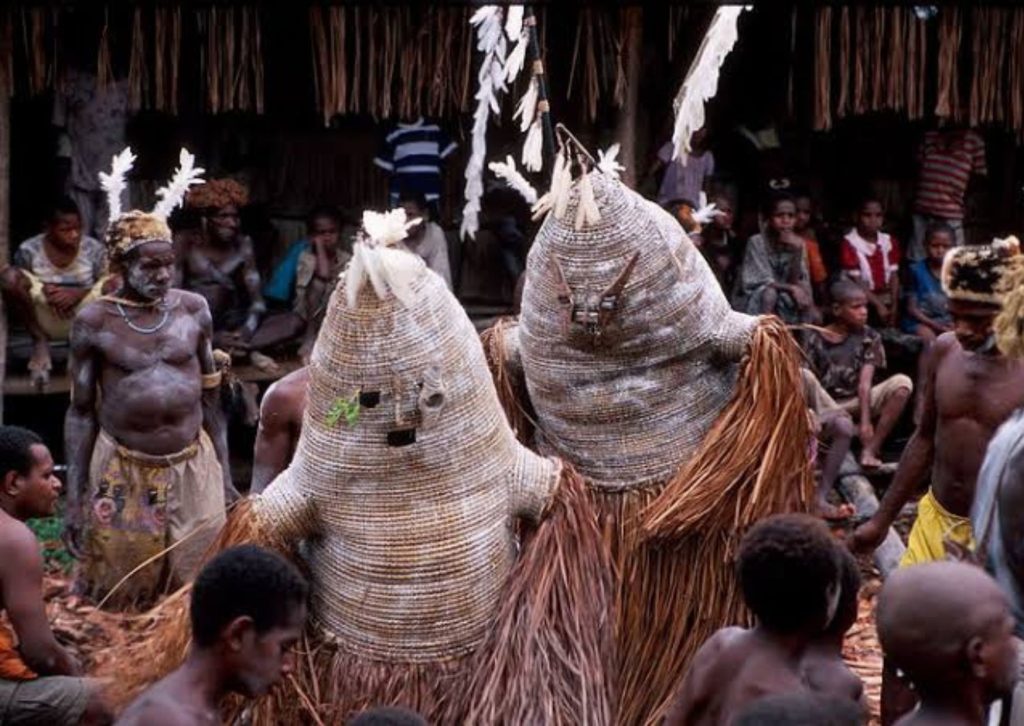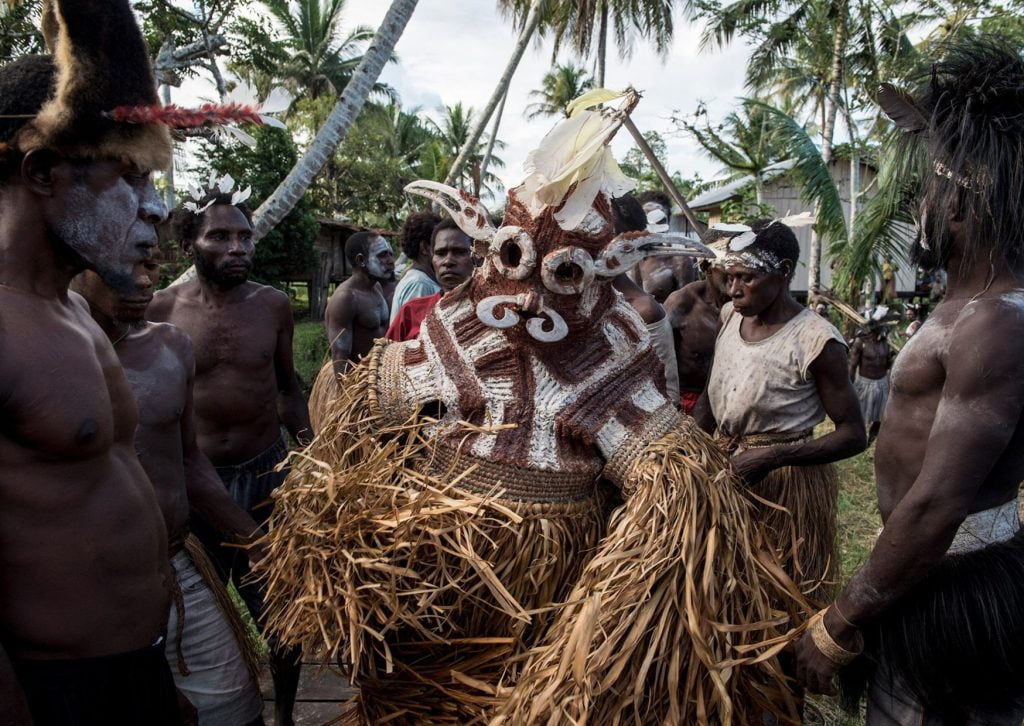Uncategorized
Jipae Ritual: Celebrating the Passage of the Soul
Papua is home to numerous tribes, each with its own rich culture, contributing to the region’s diversity. Among them, the Asmat tribe, originating from South Papua, stands out for its renowned carving art. Spanning across the Arafura Sea and the Jayawijaya Mountains, the Asmat tribe is divided into coastal and inland groups, each with distinct lifestyles, influencing the area’s cultural and linguistic diversity.
The life of the Asmat tribe is inseparable from the influence of ancestral spirits. The Asmat people believe that the spirits of the deceased do not immediately leave the earth. They can linger in the world of the living and pose potential dangers, thus requiring rituals to guide these spirits to the world of the dead. Known as the Jipae ritual, this sacred ceremony holds great significance within the local community. Conducted every few years, it commemorates the passage of the deceased from the realm of the living to the spirit world. Lasting several months, the ritual primarily involves extensive preparation for the feast, with a significant portion of time dedicated to crafting costumes, a process that can span four to five months.
Initially, the Jipae costume had no connection to the death. It was created by an orphan named Mbanma. Mbanma was exiled to the forest because he was rejected by his neighborhood. He had to fulfill all of his needs alone. Once, Mbanma ran out of food supplies. He was desperate and starving. He began to find ways to steal food from people who came to the forest. He made masks to scare the people he encountered. Those who saw these masks would be surprised and leave their food in the forest.

The making of Jipae costumes is accompanied by various rituals. The process takes place in a men’s house called jeu. The materials used for making the costumes are diverse. The chest part is made of wood, while the arms are made of rattan. The chest, back, and shoulders are made separately and then sewn together. The skirt part is made from young sago shoots. The mask is adorned with shells, feathers of parrots or cassowaries, and fronds of sago. The eye coverings are wooden carvings reflecting a pair of hornbill or cockatoo beaks. In coloring the costumes, the Asmat Tribe uses the same materials as the colors found in carvings, including chalk, red ochre, and charcoal.
During the ritual, only chosen individuals can wear the Jipae costume as representatives of the deceased. These individuals will disguise themselves as the deceased and take over their rights and responsibilities. One of them is to undertake the task of being a parent to the children left behind. As the ceremony progresses, the deceased (ndat) will appear and transform into the Jipae masks. The Jipae dancers will enter the village from the forest or river and travel from house to house. The ceremony leader will announce the names of the deceased and say that they have come from afar and are very tired, they request food and lodging for the night. These spirits will visit their homes and communicate with the families left behind. They also receive gifts of food and items needed for the journey to the afterlife.

As the sun sets, the spirits will begin to dance inside the jeu. Women and children only hear songs and drums coming from the men’s house. The dancers mimic the movements of cassowary birds. The dancing continues throughout the night. When morning comes, there is a fake fight between the villagers and the Jipae dancers. They attack the dancers and chase them back into the forest. This fight symbolizes driving the spirits to the world of the dead called Safan. The spirits are expelled into the forest forever.
The Jipae ritual is full of lamentation and sorrow. The climax is when the spirits leave the village and depart to Safan, the land of the dead. After the ritual, these costumes disappear into the forest and are never seen again. Traditionally, these costumes are left on trees to decay naturally. Following the festivities, individuals adorned in Jipae attire inherit the role of the departed and assume responsibility for nurturing orphaned children.
References:
Boylen, C. (2001). “Monumental Sculpture of West Papua” and “Shields of Oceania” exhibitions at Sydney College of the arts, Sydney, Australia. Pacific Art, 23 (24), 158-159.
D’Alessando, J. & Hellmich, C. (2008). From construction to ritual function: An exploration of New Guinea fiber masterworks. Textile Society of American Symposium Proceedings, 88.
Hontheim, A. (2010). Imagination behind shape: The invisible content of Asmat artefacts. Anthropological Forum, 20 (3), 235-249. DOI: 10.1080/00664677.2010.515292
Smidt, D. (Ed.). (1993). Asmat Art: Woodcarvings of Southwest New Guinea. Leiden: Periplus Editions and the Rijksmuseum voor Volkenkunde.


